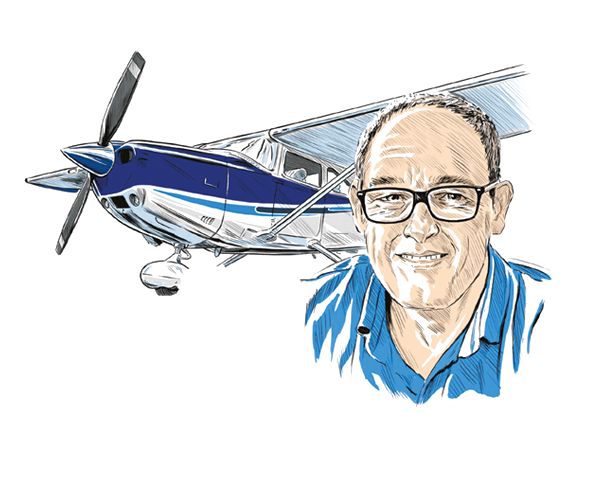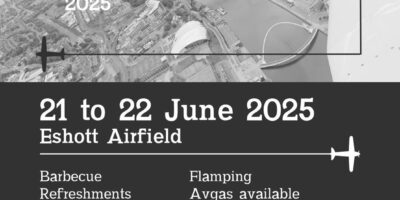There’s something strange going on with CAA licensing. On one hand there’s no shortage of pilots complaining about the performance of the CAA’s shared services licensing team, and the time it’s taking to get licence and rating applications processed. On the other hand, the CAA is telling me that it is currently working on applications that are 11 working days old (it aims to complete 90% of applications within 10 working days), and that the oldest application currently in the system is 14 working days old. Furthermore, I’m told by the CAA that the average processing time for the year has been steady at just seven working days. Given the pandemic, if those figures are accurate, I’d like to thank them for doing a great job and ask them not to gloat too much as I eat my extra large slice of humble pie.
But… I’ve just spent 10 minutes browsing the internet, and without looking too hard I’ve found a recent complaint that the certification of hours by an ATO’s Head of Training is not good enough (I’ll come back to that). I’ve read of rejected applications because of missing documents which, it transpires, weren’t actually required. I’ve seen complaints about the CAA website stating that a requirement can be met in a certain way (an examiner’s number in this case), and the CAA deciding it can’t. I’ve learned that the CAA is happy to take money to verify ratings for people transferring their licence to another EASA state, but when the same applicant applies for a CAA licence, the CAA is unable to verify the ratings that it just took money to verify. I’m told that licences are frequently re-issued with all of the class ratings missing (meaning that the licence is good for making a paper aeroplane, but not much more), and funniest/saddest of all, I was told by a senior aviation figure recently that an application was rejected because one form had a box that had not been completed – except the box was marked ‘For CAA use only’.
“Surely if you trust instructors and examiners to certify pages, you take them at their word?”
I had my CRI application rejected because my certified logbook pages and forms completed by the examiner weren’t enough proof that I had the required hours, meaning my only option was to get every page of my four logbooks copied and certified, or send in the originals. I’m no lean process guru, but surely if you trust instructors and examiners to fill in forms and certify pages you could take them at their word, and maybe check random samples for accuracy? Bluntly, the delay in adding my CRI rating has little to no effect on me or my flying right now, but there are people I know who couldn’t work because of the licensing delays, and that’s not acceptable.
Back to the CAA. When asking about processing times I also asked how it measured the time an application takes. There was a suggestion (again online) that it only starts counting the days from when staff begin working on any particular licensing transaction.
The CAA told me ‘Applications received are dated on receipt and that is when we start recording how many days it takes to complete’, which makes perfect sense. It went on ‘If an application is placed on hold, the applicant is advised on what is required e.g. additional information or details, and we stop recording our service level days. When we receive the additional information, we re-date the application with the date of receipt of the additional information and place back in the workflow. We start recording the number of days taken to reassess. Therefore, for example, it may be another 11 working days to complete the application’.
I wondered if that might begin to explain the seemingly incompatible positions? We know that our fiendishly complex licensing rules are only really understood by a few people, almost none of them working for the CAA, and we know from its actions that when checking licence or rating applications its paranoia knows no bounds. I know, admittedly from a sample size of one, that a question requesting clarification on the additional requirements after rejection remains unanswered.
So if a large number of applications are rejected, and questions go unanswered, might that explain the problem?
I asked the CAA what percentage of applications were rejected, and was told that it is a truly staggering 50%. Yup, that’s right, I did mean FIFTY PER CENT. If that isn’t a disastrously broken system then I don’t know what is. The top reasons for an application being ‘pended’ – CAA speak for rejected – are: No certified copy of current licence supplied, missing UK examiner details, No Course Completion Certificate/online Course Completion Certificate supplied, No logbook/logbook outstanding and incorrect TK exam paper number.
What an unmitigated disaster. The whole thing seems to be crying out for an urgent overhaul, maybe even dragging it into the 21st century. Oh wait, given the CAA’s delivery of Cellma we’d probably be better off subcontracting the whole lot to Ireland or Austria…
If over the last year or so you’ve had (or are currently having) some kind of licence transaction with the CAA, please let me know (in confidence if necessary) how it went, or how it’s going.







